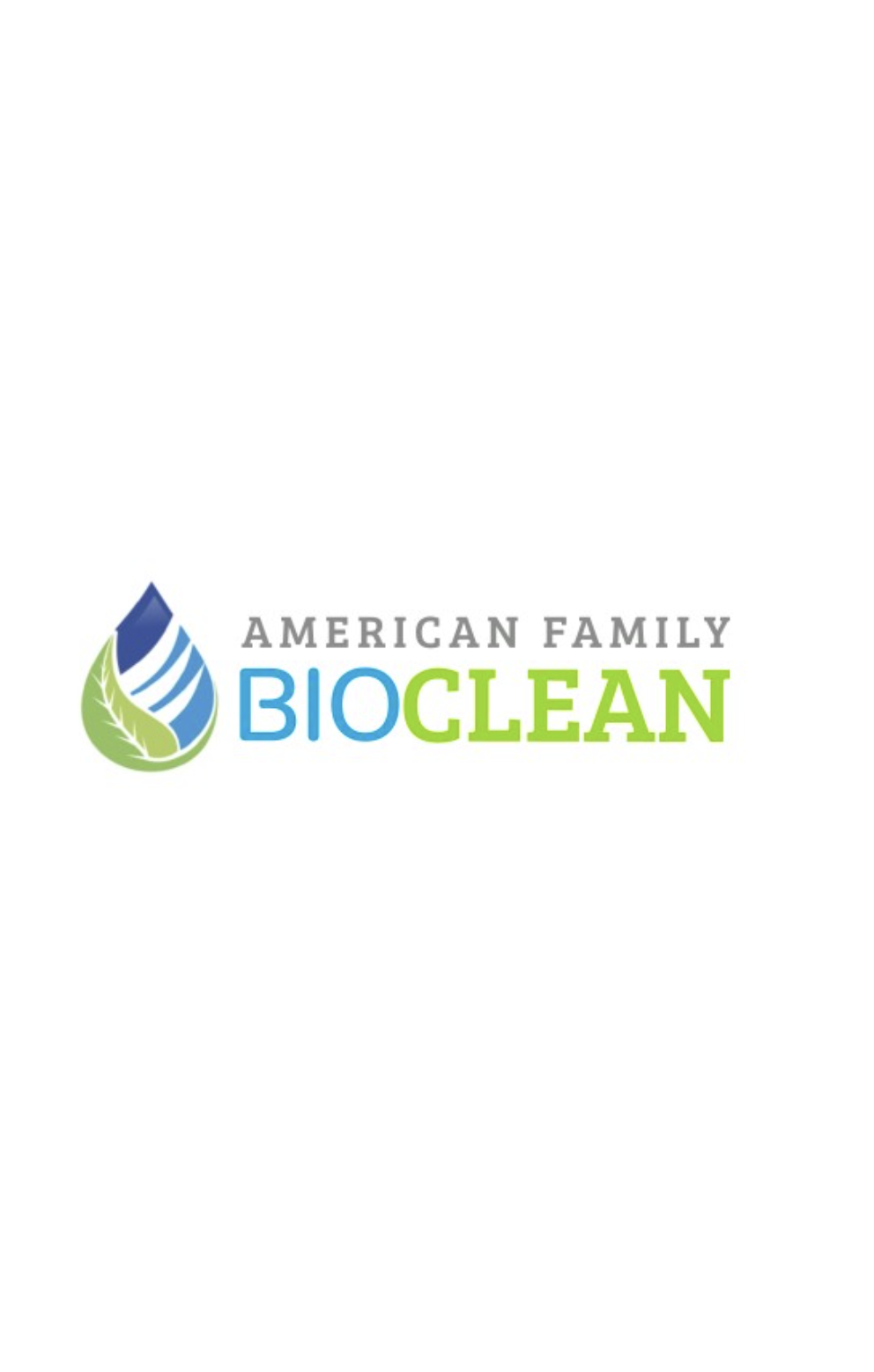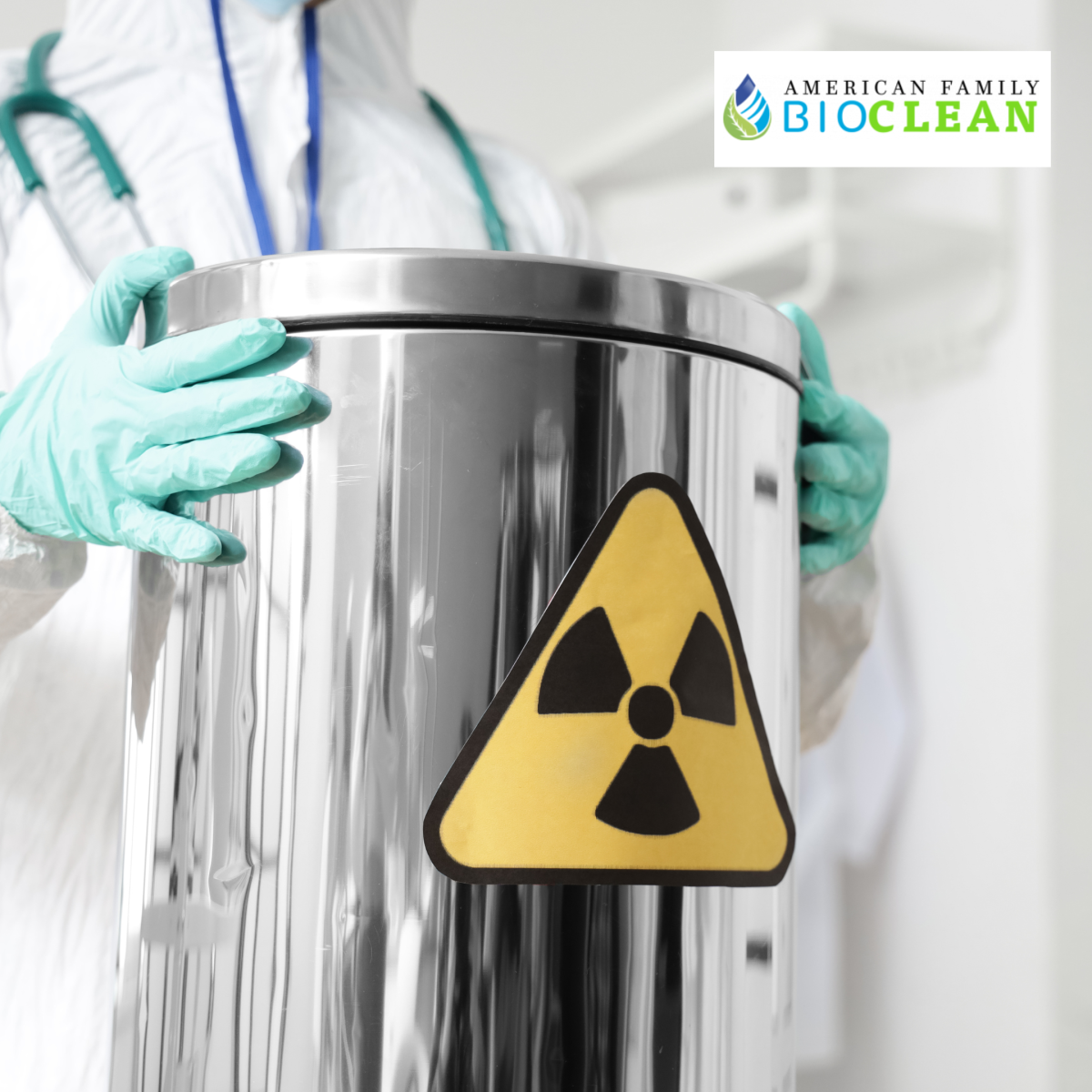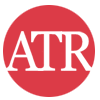Restoring Safety in North Carolina: American Family Bioclean’s Proven Hazmat Cleanup Process
Cameron, United States - November 4, 2025 / Moving Service Marketing Company /
NC Hazmat Solutions: American Family’s Step-by-Step Cleanup
Handling hazardous materials requires more than just the right tools—it takes knowledge, precision, and a careful, methodical approach. Whether it’s a chemical spill, biohazard contamination, or unsafe debris, each situation demands expert attention to ensure safety and compliance. Professional intervention becomes essential when dealing with substances that can pose serious risks to people and the environment. This guide explains American Family Bioclean’s detailed, step-by-step process for hazmat cleanup, designed to make challenging restoration projects safer, faster, and fully compliant from beginning to end.
Hazmat Solutions Overview
American Family Bioclean has earned a strong reputation as a reliable partner in hazardous materials management. With years of industry experience and a commitment to safety, the company serves clients throughout North Carolina who depend on structured, regulated cleanup procedures to restore safety and order. Each project is approached with professionalism, focusing on technical precision and environmental care.
A key strength of American Family Bioclean's Hazmat Solutions lies in its combination of advanced technology and experienced technicians. This balance ensures every cleanup is not only thorough but also efficient and compliant with state and federal safety regulations. Hazards like chemical spills and biohazard contamination are not just treated at the surface—they are completely removed to prevent future exposure.
Working with experts provides access to specialized tools and knowledge that go beyond what individuals or general contractors typically possess. This includes containment systems, industrial-grade decontamination equipment, and strict safety protocols designed to protect people and minimize downtime.
Key Services Provided by American Family Bioclean
Emergency Response
Rapid response teams act immediately to contain and reduce hazardous material risks, preventing harm to people, property, and the surrounding environment.
Chemical Spill Cleanup
Comprehensive methods identify, isolate, and remove dangerous chemicals to ensure safe environmental recovery.
Biohazard Remediation
Technicians manage biological threats using strict containment and sanitation procedures to remove pathogens or bodily fluids safely.
Mold Removal
Cleanup goes beyond surface cleaning by identifying and fixing moisture sources that cause mold growth to prevent recurrence.
Asbestos Abatement
Specialized removal techniques ensure asbestos materials are handled safely, following all federal and state safety guidelines.
Understanding these core services provides insight into how experts begin their work at contaminated sites. The following steps outline the organized process that drives successful hazard management.
Initial Site Assessment
The cleanup process starts with a detailed site assessment to determine the extent and type of contamination. This early stage is critical to ensure that the response is safe, accurate, and effective.
The process begins with a careful visual inspection. Technicians scan the area for signs of contamination—stains, residues, or unusual materials that indicate hazardous substances. Beyond what’s visible, experienced specialists know how to identify subtle indicators that might suggest deeper contamination.
Once potential hazards are located, samples of soil, liquids, or debris are collected and sent to certified laboratories for testing. These analysis identify exactly which contaminants are present, whether heavy metals, chemical agents, or biological toxins. With this data, cleanup methods are chosen based on facts rather than assumptions, ensuring accuracy throughout the process.
Mapping the affected area comes next. Using digital tools, technicians create diagrams outlining both contaminated zones and adjacent areas that might be at risk. This mapping serves as a blueprint, ensuring no section is missed and that workers have safe access routes throughout the cleanup.
A complete hazard assessment follows to identify both visible and hidden dangers such as airborne toxins or unstable reactions. Air quality testing captures potential risks that cannot be seen. This level of detail ensures safety for cleanup teams and nearby communities alike.
Each stage of the assessment supports the next, creating a system where every action strengthens overall safety and effectiveness. Once the hazards are clearly identified, the team moves forward with safety planning and preparation.
Safety Measures and Equipment
Safety is the foundation of every hazmat operation. Removing hazardous materials must protect both the workers and the environment. American Family Bioclean follows strict safety procedures and uses advanced protective equipment suited to each job.
Personal protective equipment (PPE) includes chemical-resistant gloves, masks, full-body hazmat suits, and respirators that provide clean air in contaminated environments. Every technician undergoes thorough training to correctly use PPE and recognize hazards in real time.
Workers also participate in regular drills covering emergency situations such as equipment failure, spills, or exposure incidents. Mobile decontamination units are strategically placed around work zones, allowing personnel and tools to be cleaned before leaving the contaminated area. These multi-stage systems help prevent the spread of hazardous substances beyond the site.
The company enforces strict compliance with safety rules. Supervisors monitor the site continuously, ensuring procedures are followed exactly as designed. If a safety concern arises, operations are paused until conditions are secure.
Each cleanup plan is customized for the hazards present, allowing flexibility for chemical, biological, or radiological risks. PPE and decontamination methods are adjusted to meet the specific challenges of each situation.
Key Safety Components Include:
- Personal Protective Equipment (PPE): Gloves, masks, hazmat suits, and respirators.
- Decontamination Units: Multi-stage cleaning stations for people and equipment.
- Ongoing Training: Drills on hazard recognition and emergency protocols.
- Strict Enforcement: Zero-tolerance policy for violations.
These safety layers work together to protect everyone involved, from technicians on-site to nearby communities. Once these safeguards are in place, teams proceed to the physical removal of contaminants.
Contaminant Removal Procedures
Removing hazardous substances requires precision and adherence to tested procedures. The first priority is containment—isolating the contaminated area using barriers such as heavy plastic sheeting or temporary walls. This prevents dangerous materials from spreading into unaffected areas.
Once containment is established, the removal strategy depends on the type of contaminant. For chemical spills, technicians use specialized absorbents that soak up liquids safely while preventing chemical reactions. Neutralizing agents may also be applied to render harmful substances inert.
Biohazard cleanup involves more complex handling. Items contaminated with bloodborne pathogens or medical waste are double-bagged in sealed containers clearly labeled with biohazard symbols. These materials are then sent to authorized facilities for sterilization or incineration, following all disposal regulations.
For airborne hazards such as asbestos or fine particulate matter, industrial vacuums with HEPA filters are essential. These systems capture microscopic particles, improving air quality and preventing exposure.
Each of these steps—containment, removal, and filtration—is carried out systematically, ensuring the complete elimination of hazards before moving on to disposal and decontamination.
Disposal and Decontamination
Proper disposal is one of the most important aspects of hazmat cleanup. It ensures that dangerous materials are handled responsibly and do not re-enter the environment.
Every type of waste has its own disposal method. Chemicals that pose fire or poisoning risks are transported to incineration facilities where they are neutralized through high-temperature treatment. Biohazardous materials go to specialized landfills built to contain infectious substances safely. Electronic waste, which often contains heavy metals, is sent to certified recycling centers where valuable components can be recovered while preventing toxic leaks.
Disposal Methods by Type:
- Chemical Substances: High-temperature incineration.
- Biohazards: Secure containment and disposal in licensed biohazard landfills.
- E-Waste: Recycling and component recovery in certified facilities.
Each disposal method is chosen with safety and compliance in mind. Improper disposal can lead to serious environmental damage and legal consequences. Containers used for transport are sealed, labeled, and handled only by trained personnel to prevent spills during transit.
Once waste is removed, decontamination begins. Technicians clean and disinfect all exposed surfaces using specialized cleaning agents that break down hazardous residues. Regular cleaning products are ineffective in these cases, so approved neutralizers and disinfectants are used to guarantee results.
Air quality restoration follows surface cleaning. Air scrubbers and negative air machines filter out lingering particles, ensuring safe indoor environments. All tools and protective gear used during cleanup are also decontaminated or safely discarded to prevent recontamination.
Each phase is carefully documented to verify that safety standards have been met and that the area is safe for reoccupation.
Industry Regulations Compliance
Hazardous material cleanup is heavily regulated to protect workers, the public, and the environment. Compliance with these standards is not just a requirement but a cornerstone of professional integrity.
Agencies such as OSHA and the EPA define the rules for safe operations. OSHA sets workplace safety standards, including exposure limits and protective equipment requirements. The EPA oversees waste management, ensuring hazardous materials are handled, transported, and disposed of in ways that prevent contamination beyond the site.
Accurate documentation is essential for compliance. Detailed logs track every step—from site assessment and removal to disposal and air quality testing—creating a transparent record of accountability.
Regular audits and inspections confirm that cleanup operations meet established standards. These reviews also promote ongoing improvement, helping teams identify areas where safety measures can be strengthened.
Certification and training are equally critical. Workers handling hazardous materials must complete specialized courses covering containment, decontamination, and emergency procedures. Certifications are renewed regularly to stay current with updated laws and safety advancements.
For larger organizations, appointing a dedicated compliance officer ensures smooth coordination with regulators and consistent application of policies. This structured approach transforms complex regulations into manageable daily practices.
Meeting and maintaining these regulatory expectations not only ensures safety but also builds trust within the community and with environmental authorities.
Hazardous material cleanup in North Carolina requires more than effort—it demands expertise, organization, and an unwavering commitment to safety. From the initial site assessment and containment to disposal, decontamination, and regulatory compliance, every step plays a vital role in restoring environments to safe, livable conditions. Through its careful methods, advanced equipment, and trained specialists, American Family Bioclean ensures that each cleanup meets the highest standards of efficiency and care, safeguarding both people and the environment for the long term.
Why Choose American Family Bioclean for Hazmat Cleanup?
Choosing American Family Bioclean for hazmat solutions means partnering with specialists who understand the importance of safety, compliance, and precision in hazardous material handling. Their certified team is trained to manage and dispose of biohazards, chemicals, and other dangerous substances using proper containment, protective equipment, and EPA-approved methods. They work efficiently to minimize risk and restore affected areas to safe, livable conditions while maintaining the highest standards of professionalism and discretion.
Whether it’s a residential, commercial, or industrial site, American Family Bioclean approaches every hazmat cleanup with care, expertise, and respect for your property and peace of mind. For dependable hazmat solutions across Florida, contact them at 910-776-4425 and let their trusted professionals handle hazardous situations safely and responsibly.

Contact Information:
American Family Bio-Clean
223 Stella Way, Cameron, NC 28326, USA.
Cameron, NC 28326
United States
Tyler Ennis
https://americanfamilybioclean.com/north-carolina/



